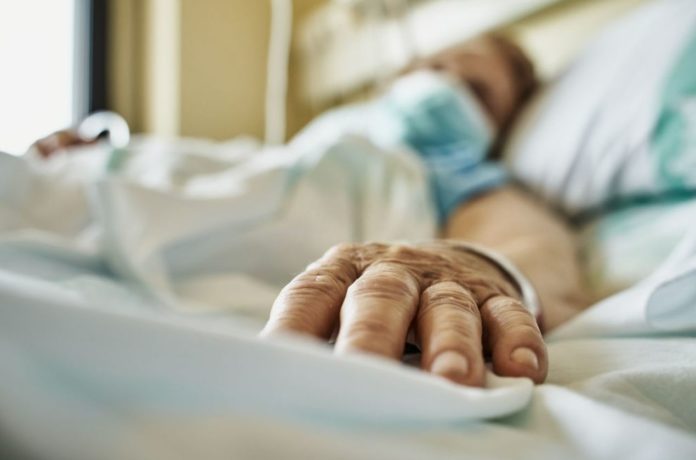The number of viral particles in the lungs plays a key role, A concentration of coronavirus in the lungs is likely to be the cause of the pandemic’s high mortality rates, a new study reveals.
The findings contradict prior speculations that concurrent infections, such as bacterial pneumonia or an overreaction of the body’s immune defense shield, played a significant role in the increased risk of mortality.
The latest study, led by experts from NYU Grossman School of Medicine, found that persons who died with COVID-19 had an average of ten times the virus, or viral load, in their lower airways as seriously ill patients who survived. Meanwhile, the investigators discovered no evidence linking the deaths to subsequent bacterial infection, though they noted that this could be due to the multiple antibiotic courses given to severely ill patients.
The Centers for Disease Control and Prevention’s current guidelines, according to the author, do not recommend the use of antivirals such as remdesivir in critically ill patients on mechanical ventilation. However, the author notes that the NYU Langone study’s findings indicate that these drugs may continue to be an effective tool in treating these people.
Despite previous suspicions that the virus would trigger the immune system to attack the body’s own lung tissue, resulting in dangerously high levels of inflammation, the authors discovered no indication that this was a significant factor in the COVID-19 deaths in the group analysed. Indeed, the study reports that the magnitude of the immune response appeared to be proportional to the viral load in the lungs.
According to studies, the coronavirus has killed over 4 million individuals globally. Those who are dependent on mechanical ventilators to breathe do particularly poorly, with 70 percent succumbing to the illness nationwide. Notably, experts link the high mortality found in earlier viral pandemics such as the 1918 Spanish flu and the 2009 swine flu to a subsequent bacterial infection. However, it remained unknown whether patients with COVID-19 experienced a similar problem.
The new study, which was published online on Aug. 31 in the journal Nature Microbiology, aimed to elucidate the involvement of secondary infections, viral load, and immune cell types in COVID-19 mortality. According to the authors, the study is the most comprehensive examination of the lower airway environment in coronavirus patients to date.
The researchers gathered bacterial and fungal samples from the lungs of 589 men and women admitted to NYU Langone hospitals in Manhattan and Long Island for the inquiry. Mechanical ventilation was required in each case.
The investigators evaluated the amount of virus in a subset of 142 individuals who also got a bronchoscopy therapy to clear their airways and identified the microorganisms present by examining small fragments of the germs’ genetic code. Additionally, the authors examined the types of immune cells and chemicals found in the lower airways.
Among the study’s findings was that those who died produced on average 50 percent less of a type of immune molecule that targets the coronavirus than COVID-19 patients who survived the illness. These tailored proteins are a component of the body’s adaptive immune system, a collection of cells and molecules that “remember” freshly met bacteria, preparing the body for future exposure.
“These results suggest that a problem with the adaptive immune system is preventing it from effectively combating the coronavirus,” says study senior author Leopoldo Segal, MD.
“If we can identify the source of this issue, we may be able to find an effective treatment that works by bolstering the body’s own defenses,” says Segal.
He emphasizes that the investigators examined only coronavirus patients who survived their first two weeks in the hospital. He speculates that bacterial infection or autoimmune reactions may play a significant role in the earlier COVID-19 mortality.
Segal notes that the research team’s next objective is to monitor changes in the microbial community and immune response in the lungs of coronavirus patients over time.
The results of the work were published in the scientific journal Nature Microbiology.
Image Credit: Getty
